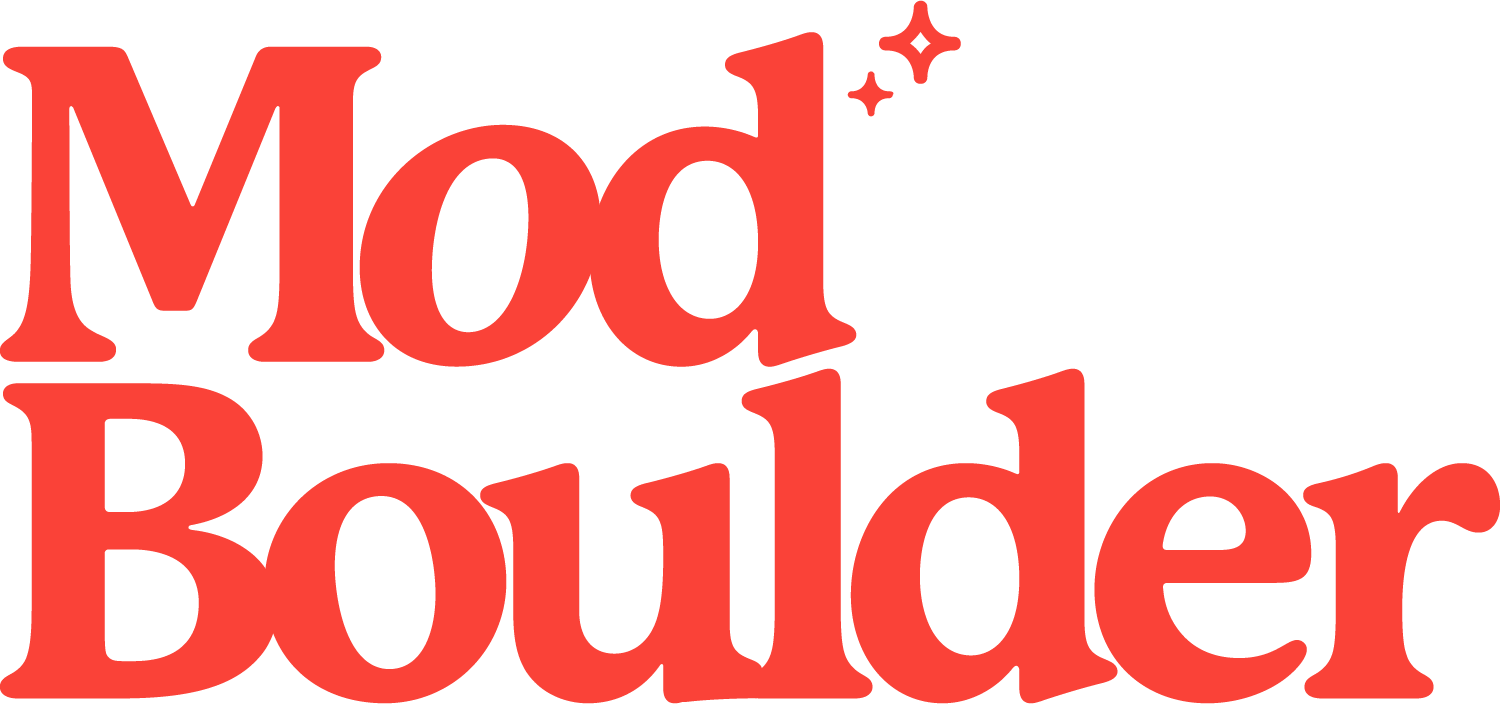Boulder’s Hot Topics
Understatement of the year: there’s a lot going on in the news right now. With all that’s happening—both on a national and a local level—it can be hard to keep up. Several controversial issues in Boulder real estate, including Opportunity Zones, housing restrictions, and ground-floor retail, have recently taken center stage. Today, I’m here to give you a just-the-facts-ma’am recap of these hot Boulder topics. (Don’t worry, no opinions here; I’ll leave those for the Daily Camera’s Sunday Insight section).
Boulder’s Opportunity Zone
Before diving in, let’s answer the basic question, “What’s an Opportunity Zone?” An Opportunity Zone (or OZ, if you’re in the know) is a tax incentive program for real estate investors to defer, reduce, or potentially eliminate certain federal gains taxes by investing in low-income or rural Colorado communities. OZ’s were added to Colorado’s tax code by the tax reform package in December 2017. Earlier this year, Governor Hickenlooper nominated an area of Boulder as an OZ.
Totaling 2.5 square miles, Boulder’s OZ stretches from 28th Street to 55th Street, and from Iris to Arapahoe. Included within the area are the 29th Street Marketplace, Google’s new office buildings, and Boulder Junction.
On a national level, Boulder’s controversy arises from critics claiming there’s a lack of accountability, as the provision doesn’t require the development’s progress to be tracked (“scout’s honor” is typically not good public policy). Additionally, many have noted that several of the zones are neither distressed nor low-income neighborhoods, but rather gentrifying areas where a tax incentive isn’t necessary to spur development that’s already underway.
On a local level, proponents contend that an OZ will allow less expensive projects to move forward, increasing housing and retaining businesses. Opponents are wary of adding to Boulder’s already burgeoning population. While supportive of affordable housing, opponents warn that more commercial space will ultimately lead to more in-commuters. This topic is so controversial, it even drew the attention of the city’s legendary Ruth Wright, “Mother of Boulder’s Greenbelt,” with a Letter to the Editor.
After a lengthy late-night discussion on December 18, City Council voted 6 to 3 to temporarily ban development of office space and demolition of apartment buildings in a broad eastern swath of the OZ through June 22, 2020.
Large House Restrictions
In October 2018, City Council scheduled an emergency vote on an ordinance that would temporarily suspend new building permits for homes larger than 3,500 square feet on lots 10,000 square feet or larger. The concern was raised by a 2016 Daily Camera article that highlighted the proliferation of large homes in low-density Boulder neighborhoods.
Many citizens are concerned that Boulder’s charm is being diminished by new houses that are out of scale with existing homes in these neighborhoods. Those on the other side of the fence (see what I did there?) feel that the existing compatible development regulations already do a sufficient job of maintaining neighborhood character.
After pushback claiming a lack of public process, the City Council’s moratorium was abandoned. Earlier this month, staff brought back the option, along with additional ways to handle large homes over the long term. As Council works through the issue, look for this to be an ongoing debate.
First-Floor Retail Preservation
The development of two high-end residential projects on East Pearl has forced out five small businesses, including Snarf's Sandwiches and Jet's Espressoria, sparking concerns over the displacement of more small businesses. In quick order, City Council passed an ordinance requiring ground-floor retail, at least 25-feet deep, on parcels that front Pearl Street between 18th and Folsom Streets.
Soon afterward, rumors of the Base-Mar Shopping Center morphing into student housing had Council exploring a similar restriction for a broader swath of shopping districts. The ordinance, which amends the land use code and limits ground-floor uses in certain commercial zoning districts to "neighborhood-serving" retail or restaurants, was advanced to a third January 15 reading.
Whether it’s creating Opportunity Zones, restricting the size of new residential construction, or preserving small businesses, one thing’s for sure: Boulder’s real estate market has been—and will continue to be—booming.

